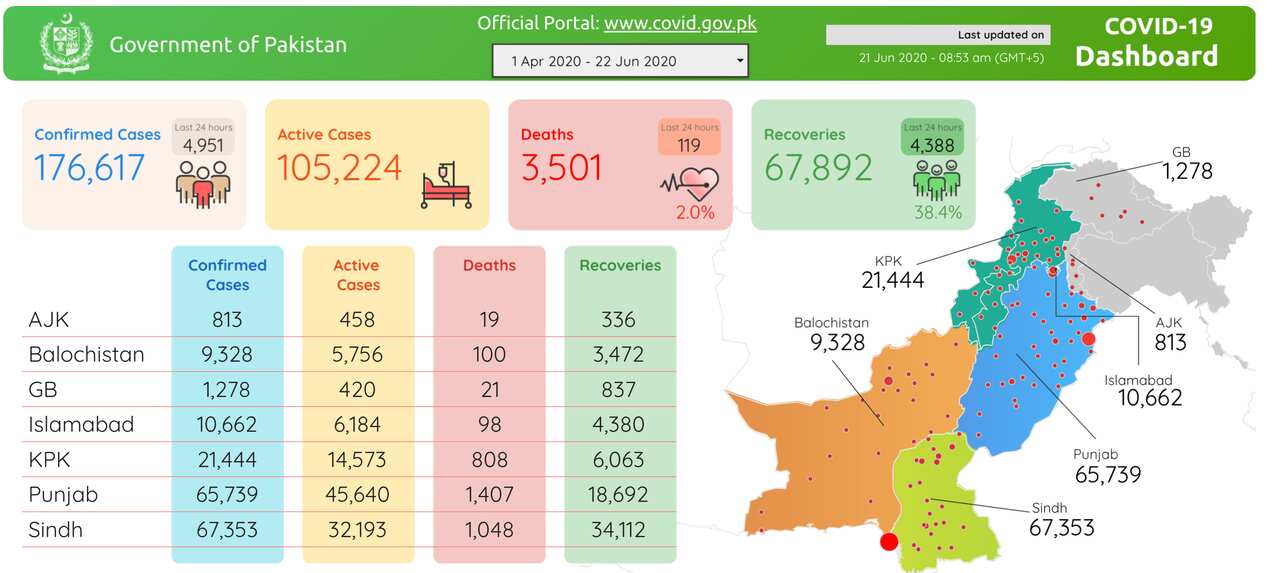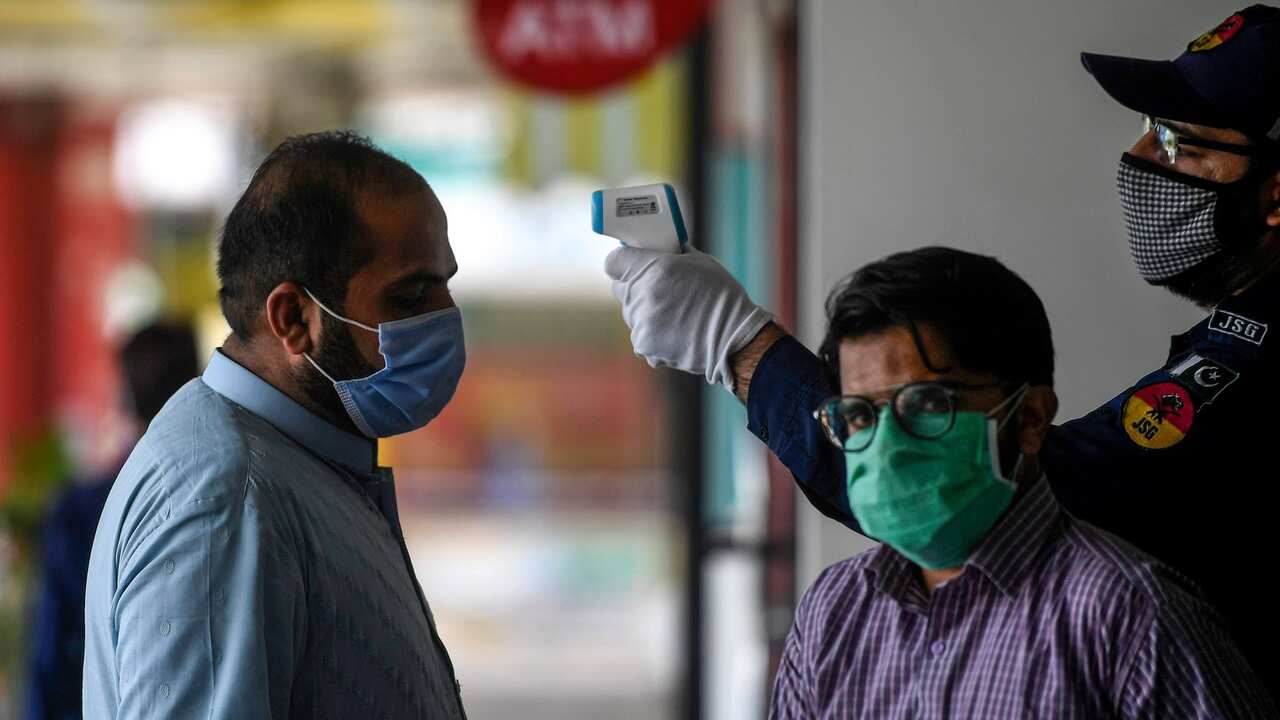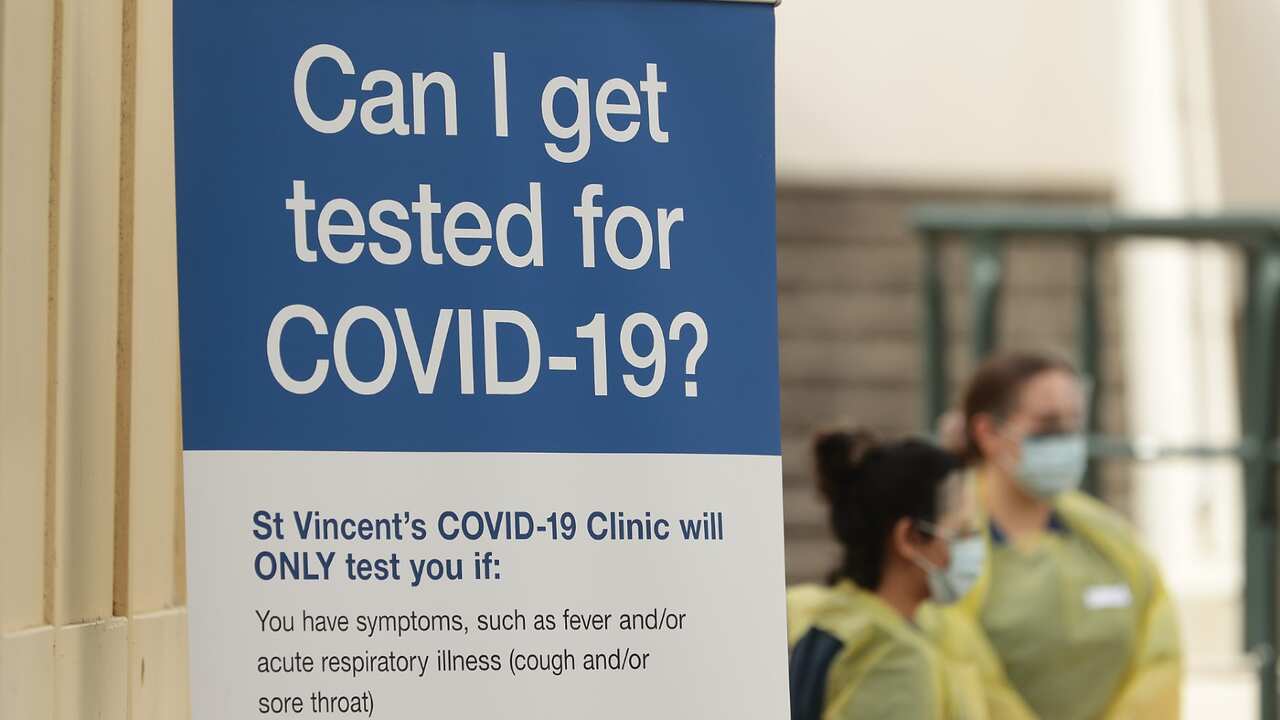Dr Farjad Shahid works at a combined military hospital (CMH) in Pakistan and represents young doctors. He believes an increase in numbers is due to flaws in government policies.
Highlights:
- Pakistan has seen a surge in the number of infections crossing 180,000.
- Doctors are calling for the government to take radical steps to control the pandemic.
- Pakistan to hit 1.2 million infections by the end of July.
While talking to SBS he says that when a lockdown is imposed, nobody is allowed to move and it is strict but when they lift it no one follows the standard operating procedures (SOPs). This is one of the reasons due to which infection spreads. Doctors and other health professionals are also getting infected.
Doctors and other health professionals are also getting infected.

Pakistan COVID-19 stats as of 22nd June 12:00am. Updated stats can be found on covid.gov.pk Source: Government of Pakistan Covid Website
“We are facing a shortage of personal protective equipment (PPE). Moreover, if a doctor is suspected of corona or is showing symptoms, he is kept in doctors hostel until the results are received which also makes them transmit the disease to others“, he says.
We are facing a shortage of personal protective equipment (PPE)
He told SBS that with effective and timely measures we could have reduced the number of cases.
Dr Laique Awan works at Sheikh Zayed hospital in Lahore, Punjab.
He told SBS Urdu that patients are admitted based on suspicion. The government team to take samples arrives later and results are given 24 to 48 hours after samples being taken. Meanwhile, there is no standard operating procedure to handle the patients.

A private security guard (R) checks the body temperature of a man before entering a bank in Islamabad. Source: AAMIR QURESHI/AFP via Getty Images
”General masses are unaware of COVID and negative propaganda through social media is also adding fuel to the fire”, he tells SBS Urdu.
“Sometimes people lie while describing their symptoms to doctors which in return adds more active cases in the society”, he added.
Sometimes people lie while describing their symptoms to doctors which in return adds more active cases in the society
In comparison to Pakistan, Australia has recorded around 7,700 cases according to the Ministry of Health. Most of them have been recovered. Dr Wafa Ismail is a general practitioner in Australia.
Dr Wafa Ismail is a general practitioner in Australia.

Australia's Chief Medical Officer Brendan Murphy says the government's modelling shows the number of cases of COVID-19 are "flattening". Source: AAP
She told SBS Urdu that Australia imposed a travel ban and closed its borders to contain the spread of the virus. In the start, lockdown and policies to tackle the pandemic in Pakistan were good but if we compare Australia and Pakistan, Pakistan is not able to do a longer lockdown because of its weaker economic position. “The Australian government has announced stimulus packages to financially support those who have lost their jobs. COVID testing centres were established all across Australia to detect the cases“, she says.
“The Australian government has announced stimulus packages to financially support those who have lost their jobs. COVID testing centres were established all across Australia to detect the cases“, she says.

A COVID-19 pop up testing clinic in Bondi, in Sydney, Australia. Source: Credit: Getty/Mark Metcalfe
Dr Wafa mentioned that not only the government but people also followed the instructions and maintained social distancing and avoided public gatherings.
According to the government of Pakistan, the peak is yet to come and is expecting 1.2 million cases by the end of July which is an alarming number.
People in Australia must stay at least 1.5 meters away from others. Check your state’s restrictions on gathering limits.
Testing for coronavirus is now widely available across Australia. If you are experiencing cold or flu symptoms, arrange a test by calling your doctor or contact the Coronavirus Health Information Hotline on 1800 020 080.
The federal government's coronavirus tracing app COVIDSafe is available for download from your phone's app store.
SBS is committed to informing Australia’s diverse communities about the latest COVID-19 developments. News and information is available in 63 languages at sbs.com.au/coronavirus.




